In the ever-evolving landscape of digital advertising, native advertising has emerged as a powerful tool for marketers to engage with audiences in a non-disruptive manner. As we step into 2024, the significance of native ads has only amplified, making it imperative for marketers to master this form of advertising to stay ahead in the game.
This comprehensive guide aims to delve deep into native advertising, providing an overview of its concept, exploring its benefits, and offering practical tips and best practices for crafting effective native ad campaigns in 2024.
Understanding Native Ads
Native advertising seamlessly integrates promotional content with the user’s browsing experience, blending into the natural context of the platform. Unlike traditional ads, native ads mimic the form and function of the surrounding content, making them less intrusive and more engaging. They can take various forms, including sponsored articles, in-feed ads, and recommended content, appearing on websites, social media platforms, and mobile apps. The evolution of native advertising has been driven by its ability to deliver higher engagement rates and improved ad performance compared to traditional display ads. By targeting specific demographics and interests, native ads offer advertisers a more effective way to reach their audience while providing valuable content to users.
In essence, native advertising offers a win-win scenario, where brands can promote their products or services in a non-disruptive manner, and consumers can discover relevant content seamlessly integrated into their online experience.
The Evolution of Native Advertising
Native advertising has come a long way since its inception. It has evolved from advertorials in print media to sponsored content on digital platforms. Today, native ads encompass a variety of formats, including in-feed ads, sponsored content, and promoted listings, across various channels such as social media, websites, and mobile apps.
Types of Native Ads
- In-feed ads: These ads appear within the natural feed of content on social media platforms or websites.
- Sponsored content: Articles, videos, or other content created by advertisers and published on third-party platforms.
- Recommended content: Content recommendations displayed on websites or mobile apps, often labeled as “suggested” or “recommended for you.”
Advantages of Native Advertising
Native advertising offers several advantages for both advertisers and consumers, making it a popular choice in the digital marketing landscape.

Enhanced User Engagement
By blending seamlessly into the user experience, native ads are less disruptive and more likely to capture users’ attention compared to traditional ads. This leads to higher engagement rates and increased brand awareness.
Improved Ad Performance
Studies have shown that native ads generate higher click-through rates (CTRs) and lower bounce rates compared to traditional display ads. This can be attributed to their non-intrusive nature and relevance to the surrounding content.
Targeted Reach
Native advertising allows advertisers to target specific audiences based on demographics, interests, and browsing behavior. This targeted approach ensures that ads are displayed to users who are more likely to be interested in the content, resulting in higher conversion rates.
Seamless Integration
Native ads seamlessly integrate into the user experience, providing a more cohesive and enjoyable browsing experience for consumers. Unlike banner ads or pop-ups, native ads feel like a natural part of the content, leading to higher acceptance and engagement.
Tips for Crafting Effective Native Ads
Creating successful native ad campaigns requires careful planning and execution. Here are some tips to help marketers maximize the impact of their native ads in 2024.
Understand Your Audience
Before creating native ads, it’s essential to understand your target audience’s preferences, interests, and behavior. Conduct thorough market research to identify key demographics and tailor your ads accordingly.
Blend In, But Stand Out
While native ads should blend seamlessly into the surrounding content, they should also stand out enough to grab users’ attention. Use compelling visuals, engaging headlines, and relevant messaging to make your ads memorable.
Focus on Quality Content
Content is king in native advertising. Create high-quality, relevant content that provides value to your audience. Whether it’s an article, video, or infographic, ensure that your content is informative, entertaining, and aligns with your brand’s values.
Test and Optimize
Continuously monitor the performance of your native ad campaigns and make adjustments as needed. A/B test different ad creatives, targeting options, and placements to identify what resonates best with your audience and optimize your campaigns for maximum effectiveness.
Build Trust Through Transparency
Maintaining transparency is crucial in native advertising to build trust with consumers. Clearly label native ads as “sponsored” or “promoted” to distinguish them from organic content. Be honest about your brand’s involvement and ensure that the content provides genuine value to users.
Leverage User-generated Content
User-generated content (UGC) can be a powerful tool in native advertising. Encourage your audience to create and share content related to your brand, product, or service. UGC adds authenticity and credibility to your native ads and can help foster a sense of community around your brand.
Utilize Storytelling Techniques
Effective storytelling can captivate audiences and evoke emotions, making your native ads more memorable and impactful. Use storytelling techniques such as narrative arcs, character development, and conflict resolution to create compelling narratives that resonate with your audience.
Best Practices for Native Ads Advertising in 2024
As native advertising continues to evolve, it’s essential for marketers to stay updated on the latest trends and best practices to stay competitive. Here are some best practices for native advertising in 2024.
Embrace Interactive Content
Interactive content, such as quizzes, polls, and interactive videos, can enhance user engagement and provide a more immersive ad experience. Incorporate interactive elements into your native ads to capture users’ attention and encourage interaction with your brand.
Leverage AI and Machine Learning
Harness the power of artificial intelligence (AI) and machine learning algorithms to optimize your native ad campaigns in real-time. AI-driven ad platforms can analyze vast amounts of data to identify trends, predict user behavior, and automatically optimize ad placements for better performance.
Prioritize Mobile Optimization
With the increasing prevalence of mobile devices, it’s crucial to ensure that your native ads are optimized for mobile viewing. Use responsive design principles and create mobile-friendly ad formats to provide a seamless user experience across all devices.
Maintain Transparency
Transparency is key to building trust with consumers in native advertising. Clearly label native ads as “sponsored” or “promoted” to distinguish them from organic content and avoid misleading users. Honesty and authenticity are essential for long-term brand credibility.
The Future of Native Ads
As we look ahead, the future of native advertising holds exciting possibilities for marketers. Advancements in technology, such as augmented reality (AR), virtual reality (VR), and immersive storytelling, will open up new avenues for creative expression and engagement in native ads.
Additionally, the rise of privacy regulations and the growing demand for personalized experiences will reshape the native advertising landscape. Marketers will need to adapt their strategies accordingly, focusing on ethical data practices and delivering value-driven content to meet consumers’ evolving expectations.
In conclusion, mastering native advertising in 2024 requires a deep understanding of your audience, a focus on quality content, and a commitment to transparency and innovation. By following the tips and best practices outlined in this guide, marketers can harness the power of native ads to engage audiences, drive conversions, and stay ahead in the ever-changing world of digital advertising.




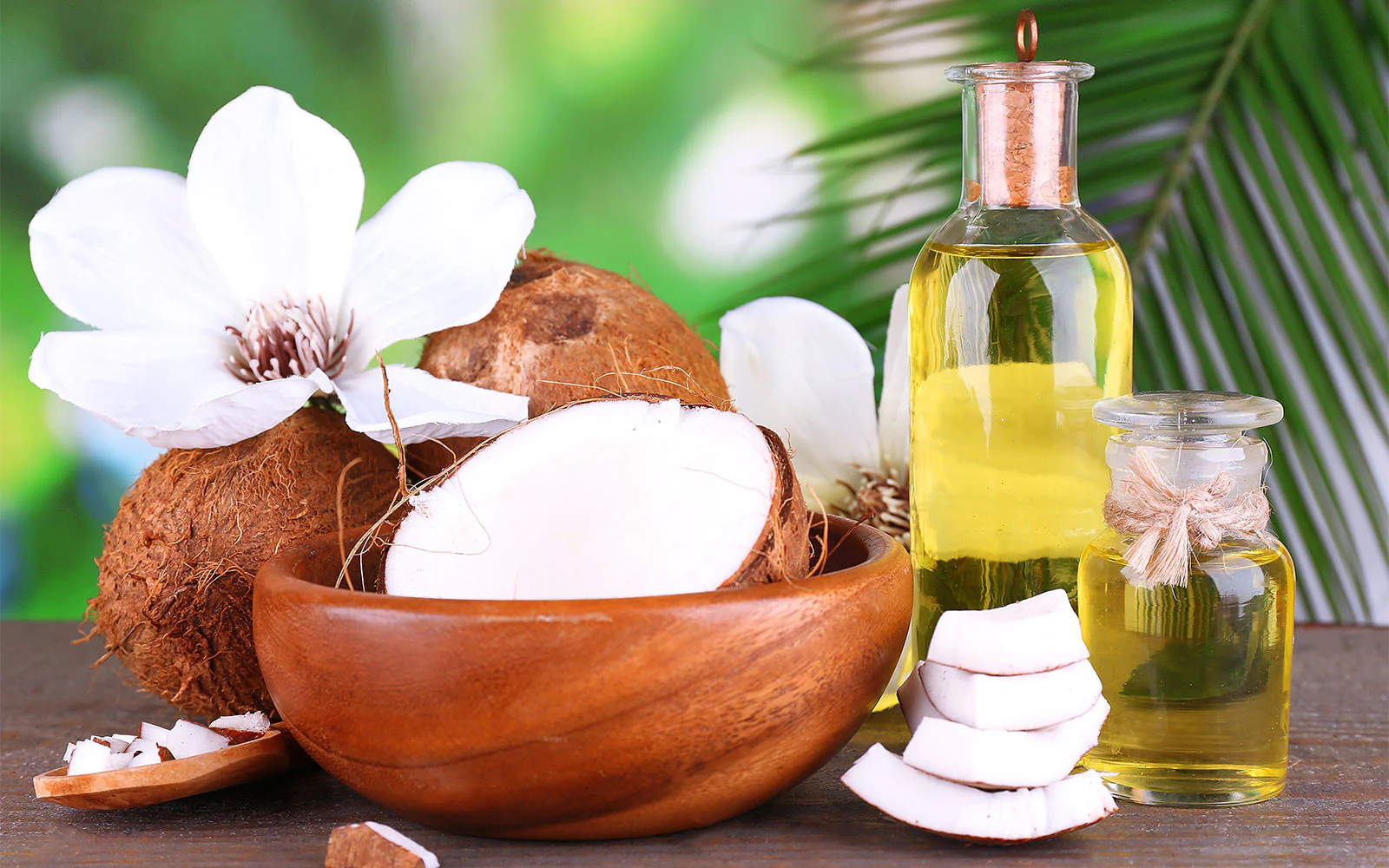
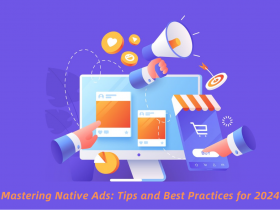
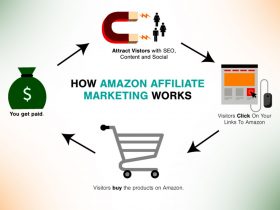




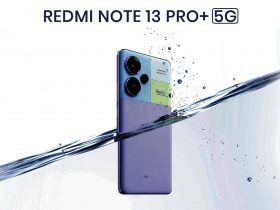
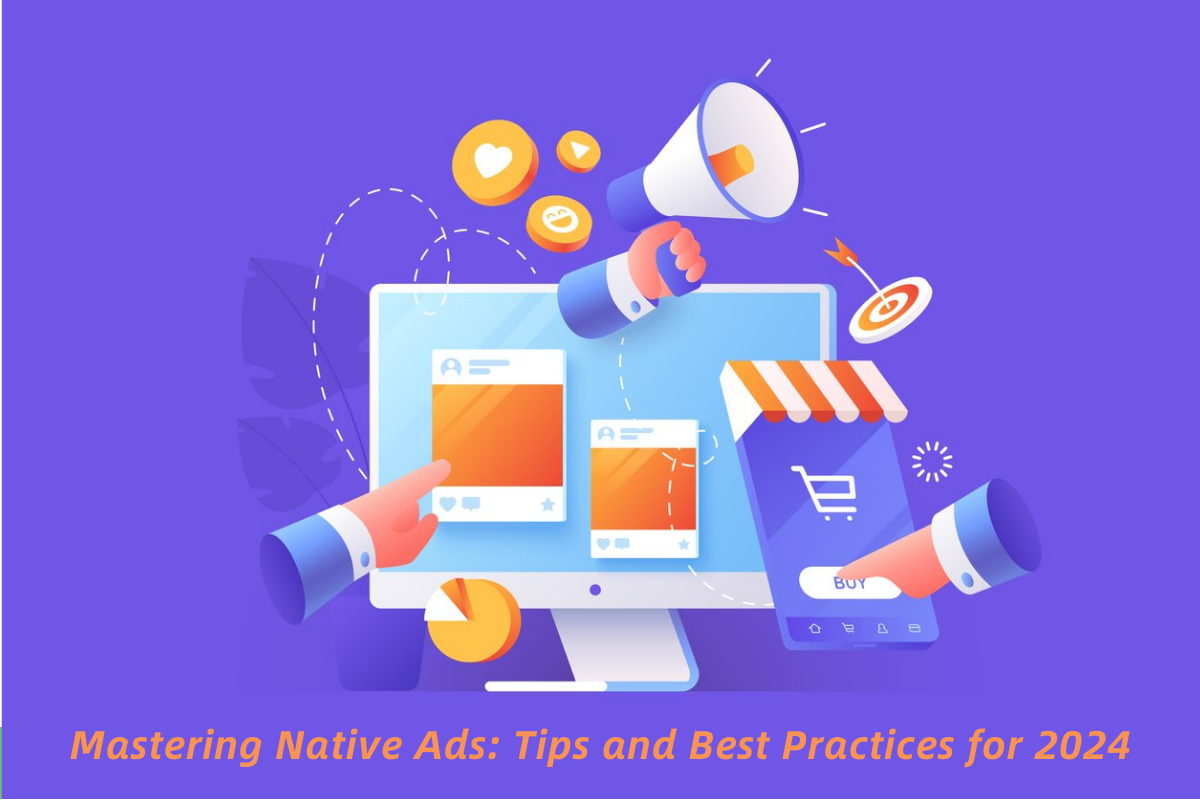
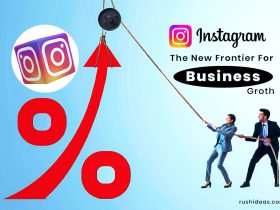



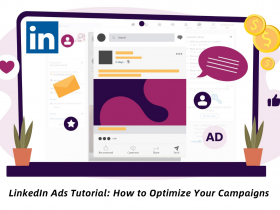

Leave a Reply